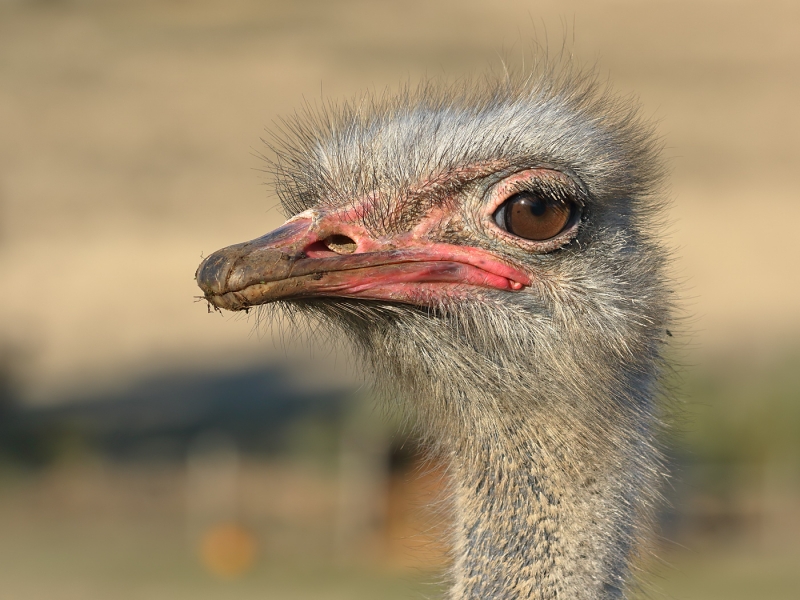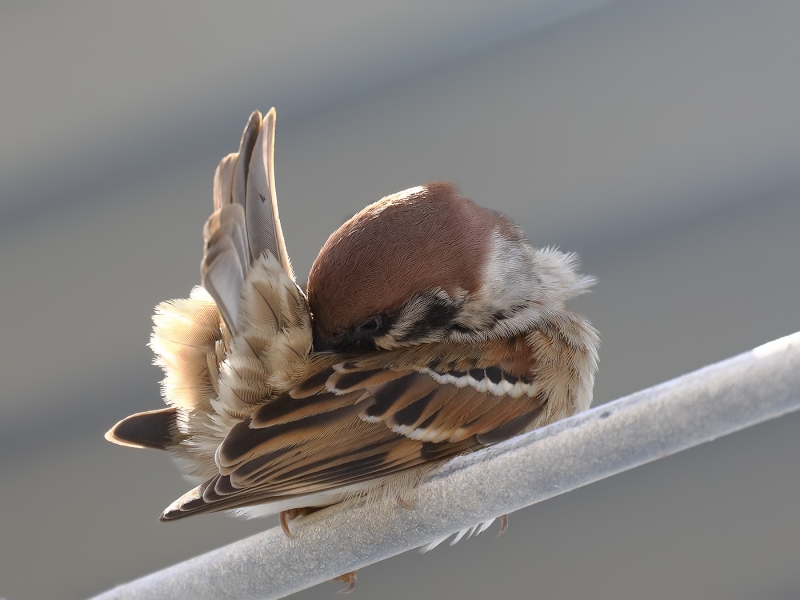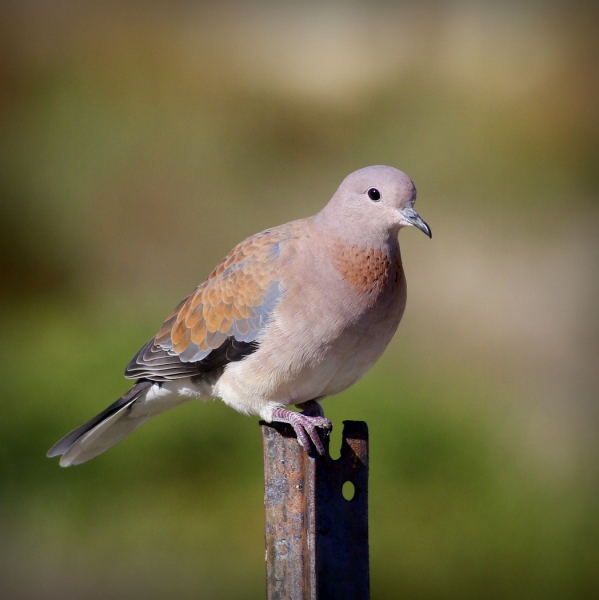While introduced species are all around us, it can be a quite a challenge to capture their images. One of the reasons that many are successful is that many of them are wary of humans. It is probably no accident that there were no female Common Blackbird images among these entries. But perhaps, for this competition, it was the other way round: some potential entrants were averse to introduced species?
While there were many worthy entries, there were patterns of ways in which some of the images could have been improved. Here are 12 quick tips. These are general tips; there may well be exceptions to the ‘rule’.
- Capture the whole bird, making sure that significant parts of the bird are not hidden by foliage or clipped out of the photo. (Cropping to focus on a plumage pattern is fine.)
- Ensure that a substantial part of the bird is in focus and is sharp.
- Try to capture images of birds at eye level.
- Get out early and stay out late or get the camera out when there is light cloud. Avoid harsh light. If you are having difficulty with very black or very shiny areas in your image, harsh light might be one source of the problem.
- Try to gain something more than a bird on a stick image. Look for an interesting behaviour, an interesting perch, or some arrangement of colours and shapes that makes the image stand out.
- Try to capture the personality of the bird. What makes this species different from all other species?
- Where there are stand-out plumage patterns make sure you get them crisp. Think of stand-out plumage patterns as a possible focal point for your construction of picture. In this competition Common Peafowl, Spotted Doves and Helmeted Guineafowl gave particular opportunities to work interesting plumage patterns into the image construction.
- A sharp eye, beak, and claws are all well worth checking in every image you take. This can sometimes be improved by moving back from the bird, or by using a different f-stop. Both could increase the depth of field.
- Try locating the bird to one side, facing into the bulk of the picture space.
- Work hard at the background and foreground. If there is a tangle of veg behind the bird this can cause a messy look to the overall image. Try shifting around until you get clear sky behind your bird.
- Always think about colour across the picture space and not just in the bird. Try for background/perch tones that match tones in the bird’s plumage. This helps create a good integrated composition.
- If a bird has iridescent plumage try to capture it crisply. It could become the highlight of any successful bird image.
And now for the results ...
Winner: Ostrich, by Gary King (Image ID 36037)
This image has it all. There are no technical issues. It has a significant wow factor. The portrait pictorial approach is refreshing. The range of textures between the hair-like feathers and the robust and massive beak are well-captured. The personality of the Ostrich comes across nicely.
Highly commended: Eurasian Tree Sparrow, by Con Duyvestyn (Image ID 36227)
There are four special qualities in this image – the interesting behaviour, the capture of the subtle tones, the beautiful use of backlighting, and the artificial perch, which is apt for introduced species. The image is of a high technical quality. There are two small areas for potential improvement. One is the small blown areas in the tail. The second is the lack of a catchlight in the eye.
Highly commended: Spotted Dove, by Warren Bennett (Image ID 36157)
An adventurous crop has worked very well here. It has turned a common bird into an interesting bird. The two main shapes – that of the bird and that of the space around the bird, both work well pictorially. The bird’s main plumage feature – the spots – come out well in this composition. While the post processing is fine, it has left some visible traces and such traces are generally regarded as no "noes". While the insect is an interesting feature it is difficult to tell what sort of insect it is.
Commended: Nutmeg Mannikin, by Linda Joseph (Image ID 36190)
Good features include the front-on stance, the management of colour, a good capture of interesting plumage detail, and much crispness around the beak and head. The jaunty personality of this species is well captured. The bird’s position – facing into a large part of the picture space - works. The clutter of vegetation is a significant drawback.
Commended: Helmeted Guineafowl, by Chris Devenport (Image ID 36136)
Imaginative cropping has resulted in a pleasing image here. It addresses one of the challenges in trying to capture good images of the Helmeted Guineafowl: it has a small head on a big body. This challenge has been satisfactorily resolved by the crop. A second challenge is trying to incorporate a satisfying balance between the fleshy bits around the head and the spotted plumage. Again, this has been well handled. The closed eye adds interest. Some dustiness around some of the plumage might have been resolved using greater depth of field.
Commended: Laughing Dove, by Cherilyn Corker (Image ID 35936)
This image has a pleasing and painterly interplay of colours between the perch and the tones of the bird. The steel dropper perch is appropriate for introduced species. The three quarter front on posture adds some interest. A lack of depth of field appears to have generated a soft look to the tail.
Commended: Rock Dove, by Geoffrey Dennis (Image ID 35929)
This image has done a fine job of capturing the major point of plumage interest in Rock Doves – the iridescent plumage around the throat. The pictorial reward is a glorious colour high light. The technical challenge – of ensuring sharp detail in the iridescent plumage has been mastered. Parts of the bird hidden and/or soft could have been improved by moving around during the capture and adding to the depth of field.













